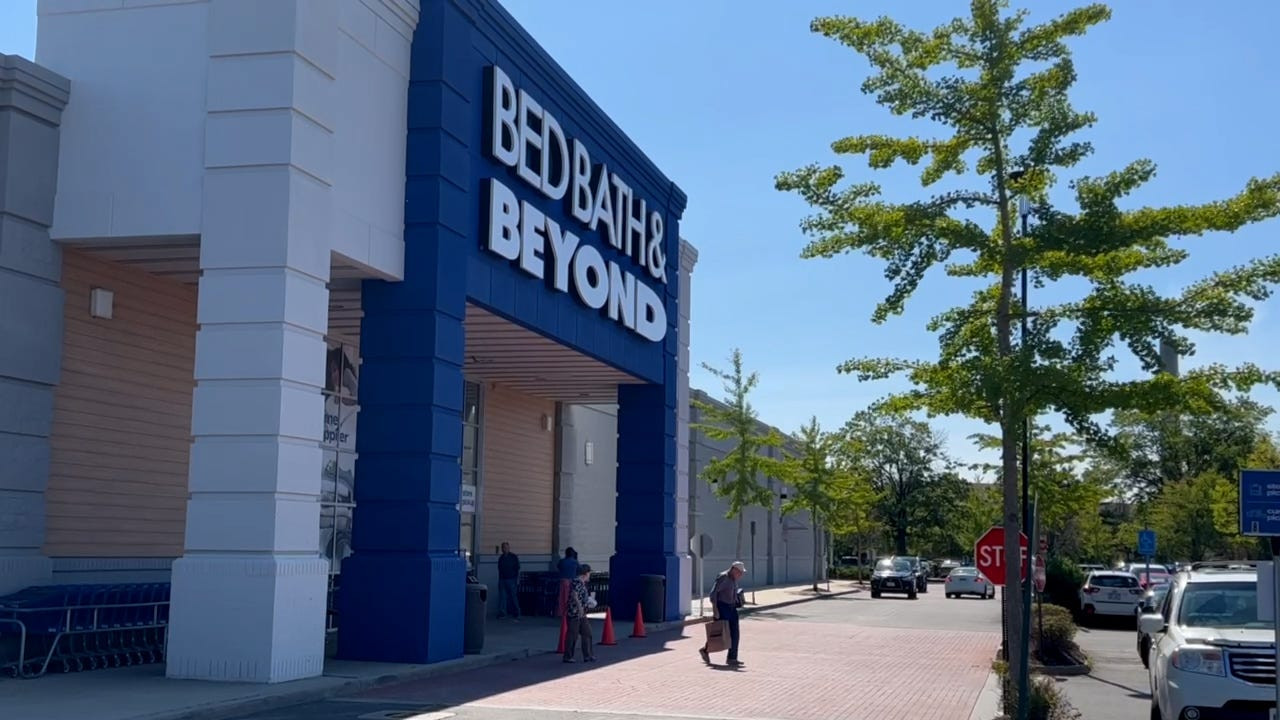The planned closure of the Walgreens store on West Main Street in Rochester, New York, has ignited strong reactions from local residents and city officials, highlighting concerns over healthcare access in the community. Bonnie Myers, a local resident, first learned about the impending closure from her brother-in-law while picking up her husband’s medication, underscoring the immediate impact this decision has on individuals relying on the pharmacy.
 Walgreens Store Closure Impact on Community
Walgreens Store Closure Impact on Community
On September 19th, Walgreens formally notified the City of Rochester of its intention to shutter the West Main Street location. This closure is part of a larger nationwide initiative by Walgreens to close 2,500 stores. For Rochester, this means a reduction to just three Walgreens locations and a significant decrease in pharmacy services, particularly for the southwest area of the city. This decision comes less than two years after the Walgreens on Thurston Road, merely two miles away in Rochester’s 19th Ward, closed its doors in November 2022, further compounding concerns about accessibility.
While operations appeared normal at the West Main Street Walgreens on a recent Monday afternoon, many customers were there specifically for prescriptions, emphasizing fears that the closure will create a “pharmacy desert” for nearby residents. Enjoli Times, a local patron, acknowledged the inconvenience but stated she would resort to using the hospital for prescriptions after the closure. Walgreens has indicated plans to redirect customers to their Lyell Avenue store.
Cody Donahue, representing the 19th Ward Community Association, voiced strong opposition in a letter to Walgreens Boots Alliance CEO Tim Wentworth. Donahue emphasized that a significant portion of the neighborhood’s residents lack personal vehicles, making travel to alternative Walgreens, CVS, or Walmart locations in neighboring areas extremely difficult. He stated, “About a quarter of our neighbors do not have access to a vehicle needed to travel to the other Walgreens, CVS and Walmart locations in the surrounding towns, effectively cutting them off from vital health supplies found in a traditional drug store.” Donahue further highlighted the broader implications, noting, “Walgreens has provided access to basic amenities to our residents for years. The shuttering of this location will now deprive them of basic amenities. Everything from a bottle of Ibuprofen to a life-saving COVID and Flu Vaccine will now require residents of SW Rochester, over 50,000 of us, to leave our neighborhood to access basic amenities.”
Rochester Mayor Malik Evans issued a strong statement demanding Walgreens reconsider the closure of the West Main Street store. Mayor Evans criticized the decision as a continuation of disinvestment in Rochester’s densely populated, majority-minority neighborhoods, especially following the Thurston Road closure. In his open letter to Wentworth, Mayor Evans wrote, “Walgreens’ intention to continue this history of disinvestment in yet another of Rochester’s densely populated, majority-minority neighborhoods is deeply disturbing and patently outrageous, as it comes less than two years after the closure of the Walgreens store at 670 Thurston Road, an area with similar demographic and historic characteristics.”
The Mayor further warned that these closures would transform southwest Rochester into a medical desert, depriving residents of convenient access to essential medications and medical supplies. “With these closures, Walgreens will render Rochester’s entire southwest quadrant a medical desert, with residents denied full and convenient access to the lifesaving, health-preserving medications, and medical supplies found in a traditional drug store,” the statement continued. He also drew attention to the disproportionate healthcare challenges faced by minority populations and their limited access to transportation.
Mayor Evans also pointed out the ongoing $500 million Bulls Head Revitalization Project and the expansion of St. Mary’s Medical Campus in the neighborhood. These investments, projected to bring 800 new housing units and numerous commercial properties within the next three to five years, signal significant growth and potential in the area. The city anticipates even further organic investment in the Bulls Head Neighborhood due to its proximity to Downtown Rochester, with total investments exceeding $1 billion.
In response to the concerns, Walgreens issued a statement explaining their decision. The company cited financial pressures, stating, “Our retail pharmacy business is central to our go-forward business strategy. However, increased regulatory and reimbursement pressures are weighing on our ability to serve our patients profitably. We’ve reached a point where the current pharmacy model is not sustainable, and the challenges in our operating environment require that we approach the market differently. We are making substantial changes to our store footprint, closing stores based on profitability including this store in Rochester which are not able cover the costs associated with rent, staffing, and supply needs.” Walgreens added, “While it is not an easy decision to close a store, we will work to minimize customer disruptions. We intend to redeploy the majority of our team members and offer our dedicated team members new roles at other locations.”
However, Mayor Evans challenged the financial rationale of the closure. Drawing on his 20 years of experience in the banking industry, he argued that the decision was “financially shortsighted as it is socially irresponsible.” He offered to meet with Walgreens representatives to discuss the Bulls Head project and the positive developments in Rochester, hoping to persuade them to reconsider.
“For these reasons and more, I believe Walgreens’ decision to compound the harm it has already inflicted on the people of Rochester with the closure of another store in a majority-minority neighborhood is as bad for Walgreens as it is for my community,” Mayor Evans concluded, emphasizing the detrimental impact of the Walgreens On Main Street closure on the Rochester community.

